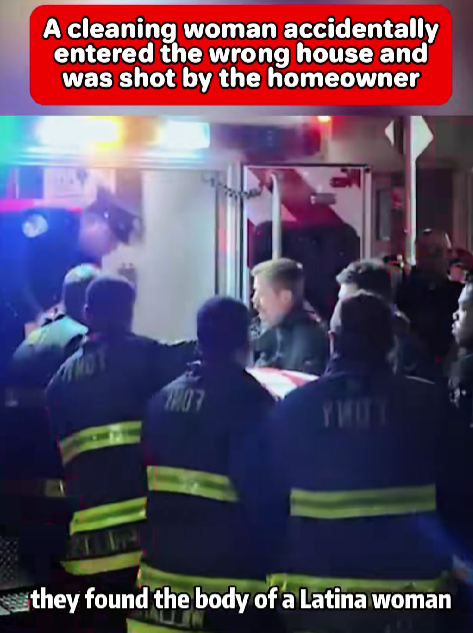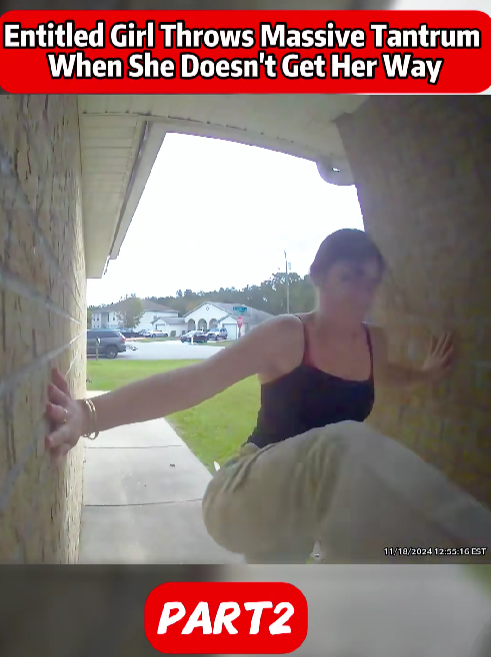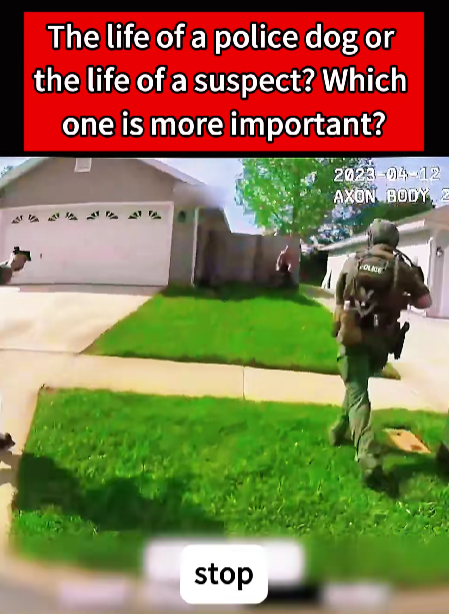The body-cam footage begins with a sudden jolt of adrenaline. An officer races toward the front entrance of a campus building, sunlight flashing across the polished metal doors as he reaches out and grabs the handle. The viewer can feel his pulse through the camera — quick, sharp, focused. Moments earlier, a chilling emergency alert had gone out across the school: a possible armed threat somewhere on the property.
No violence is shown. No shootings, no injuries, no graphic scenes. Just the overwhelming surge of urgency as officers flood the area.
The officer pushes through the door, calling out instructions to teammates forming behind him. Their voices echo down the hallway as they move in structured formation, clearing rooms with textbook precision. This isn’t a planned drill — it’s the kind of high-stress moment where training takes over and instincts sharpen to a razor’s edge.
Students can be seen in the far distance, huddled behind classroom doors, whispering into their phones as campus alarms blare overhead. The footage captures the raw, gripping tension of uncertainty — the terrifying minutes when nobody knows whether the threat is real or a devastating misunderstanding.
Inside the building, officers sweep through corridors lined with lockers and bulletin boards advertising school events. Every turn feels heavy with suspense. Every open doorway gets treated with extreme caution. Their movements are rapid but controlled, each step communicating the silent language of tactical teamwork.
One officer holds up a hand, signaling the team to pause. The hallway falls dead quiet except for the hum of air vents above. The body-cam tilts as he leans toward a closed classroom door, hand hovering near the handle. For a moment, viewers are suspended in total silence, waiting for something — anything — to break the tension.
When the door swings open, it reveals a classroom full of frightened students crouched beneath desks. The officer quickly reassures them, telling them they’re safe and that the team is continuing the sweep. You can almost see the wave of relief wash over the room.
As the search continues, officers uncover the truth: the alarming report was triggered by a misunderstood social-media post shared between students — a poorly worded message that spiraled into a campus-wide emergency. What began as panic becomes a sobering reminder of how quickly rumors can explode into full-scale responses.
Despite the chaos, the officers maintain remarkable composure. Within 10 minutes of the initial alert, they have formed a cohesive team, cleared multiple hallways, secured the building, and ensured student safety — all while handling the situation with professionalism.
The clip ends with the officer stepping back outside into the sunlight, exhaling for the first time since the moment the alert hit his radio. His voice is tired but calm as he relays the all-clear.
Online viewers praised the speed, clarity, and precision of the response — calling it “one of the most intense false-alarm videos ever caught on body-cam.”
Part 2 promises to reveal the misunderstanding that triggered the panic — and how the school plans to prevent it from happening again.











Leave a Reply